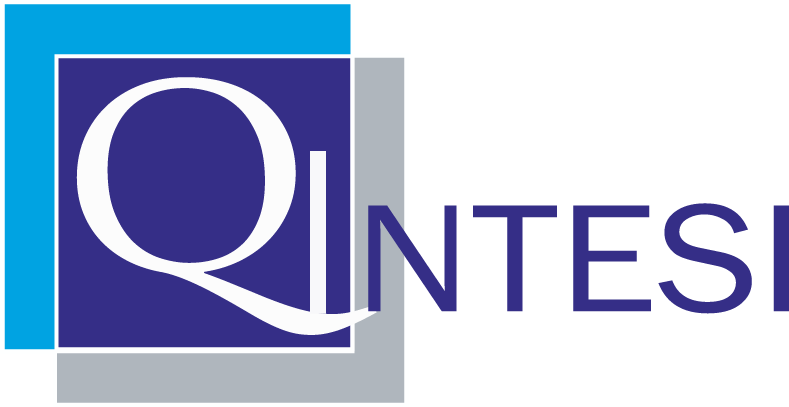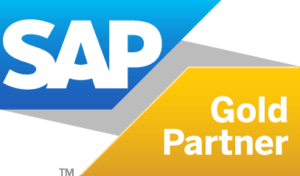Challenge
The adoption of Accounting Standard IFRS17 represents, for anyone, a very complex and ambitious project for many reasons. Because it requires a radical transformation of the insurance financial statement construction perspective, accompanied by several valuation models (VFA, GMM and PAA) whose implementation requires significant efforts both in implementation and in testing and parallel run. Because it requires an overhaul of information and organizational architectures, which had to be implemented with an immovable deadline. Because it is a multi-year journey, in which tools, actors and resources must evolve, continually challenging themselves.
A major Insurance Company in the Italian market chose to entrust Qintesi with the implementation of SAP FPSL: the achievement of the project objectives on time rewarded everyone’s trust and efforts, leading to the closure of the 2023 half-year in August.
Solution
The adoption path of SAP FPSL Financial Product Subledger, as the IFRS17 valuation and reserve calculation engine, was planned in macro phases, starting with the implementation of the Use Cases, to begin validating the translation of the methodological Business Requirement.
The use of SAP FPSL was extended to all businesses: direct and indirect, non-life and life and required the implementation of all valuation models: Variable Fee Approach, General Model, and Premium Allocation Approach. The particularly challenging choice was to perform all calculations internally, without any recourse to exogenous Target Values with respect to insurance liabilities, including the construction of the Acknowledgement of Actuals component required for the Experience Variance calculation, which was carried out with SAP PaPM.
To start the UAT phase on more realistic and consistent data, integration work to acquire Actual (technical accounting, claims, settlements, expenses) and Expected (actuarial cash flows, risk adjustments, yield curves, coverage units) data, not resident on SAP platforms, was crucial. The use of SAP HANA Smart Data Access capabilities, to interface the feeder systems, has facilitated operational aspects, allowing teams to focus on the accuracy of the flows and not on how they are captured.
The integration of downstream SAP FPSL flows to the general ledger benefited from the earlier decision to adopt SAP S/4HANA.
During the three-year period, it was also necessary to address the SAP FPSL release change, without delaying the First Time Adoption phases, which led to the determination of transition entries to determine the Opening Balance Sheet 2022, and then the parallel run, which produced the quarterly 2022 statements, as required by the standard.
Results
- Adapted the SAP model to the new GDPR regulation
- Optimized IT timelines in SAP profiling management
- Implemented IFSR17 on SAP FPSL with fully standardized functionality
- Processes for closing IFRS17 posts contained within 5-7 days
- Integrated, real-time reporting for Roll Forward and Balance Sheet analysis
- Native integration of Actual and Expected databases.
Quote

Le informazioni contenute in questo documento sono di proprietà.
Copyright © 2014 Qintesi S.p.A. Tutti i diritti riservati.





